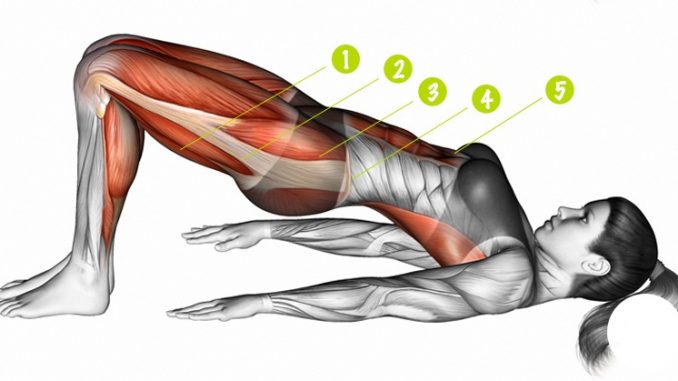Stand tall and suddenly the world feels different—better even. Good posture is important for the mind and body and can boost both physical and psychological health. Read on for more benefits and tips to improve your posture.
Good Posture Benefits
Relieves Pain: Though the science is still out on whether poor posture causes chronic back and neck pain, studies show good posture can help with pain management. Tall, confident posture has been shown to increase pain threshold and improve strength. Poor posture may also be the result of pain, so it’s important to pay attention to why and where pain exists. For example, a shoulder injury may cause slouching, and the slouching may be blamed for pain—when the injury is actually the cause.
Increases energy and improves mood: Good posture has powerful psychological affects. As noted above, a strong stance can increase our pain threshold, and not only because it makes us stronger, but because we feel stronger. The same goes for energy and mood. A study at Ohio State University found sitting tall reinforced confidence, and slouching in a chair evoked feelings of stress and helplessness. Another study at Harvard found expansive, open power poses not only increase confidence, but also cause hormonal changes that boost confidence and decrease stress.
Improves digestive health: The abdominal organs appreciate good posture, too. Standing or sitting up straight allows the organs to align in their natural positions. Slouching compromises this aligning process by compressing organs into an unnatural state. Poor posture can attribute to digestive issues including acid reflux and constipation.
Allows for better breathing: A good deep breath allows the diaphragm to open and contract and the lungs to fill with air, expanding into the belly. Poor posture may result in shallow breathing into the chest, which can lead to health issues over time. Shallow breathing results in poor blood oxygenation, causing the heart to beat faster to make up for lack of oxygen in the red blood cells. In turn, this can result in chronic blood pressure elevation, which may lead to a number of health issues.
How to Maintain Good Posture
When sitting: Keep both feet on the floor with knees bent to a 90-degree angle. If they don’t reach, place a footrest under the feet. Avoid crossing the legs or sitting with legs tucked on the chair. Use a chair that supports the low and mid-back. Get up and move every 20 minutes. This can include walks down the hall, stretches, and strengthening exercises.
When standing: Stand tall, elongating the spine with knees slightly bent and neck in neutral position. Keep both feet on the floor, bearing most of the body weight on the balls of the feet, with arms hanging naturally at the sides. Practice deep belly breaths, expanding the abdomen and opening the diaphragm on the inhale, and fully exhaling with abdominal muscles drawing in toward the spine.


